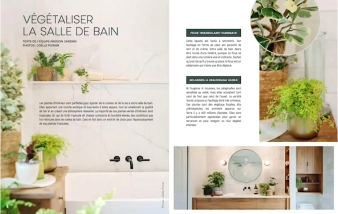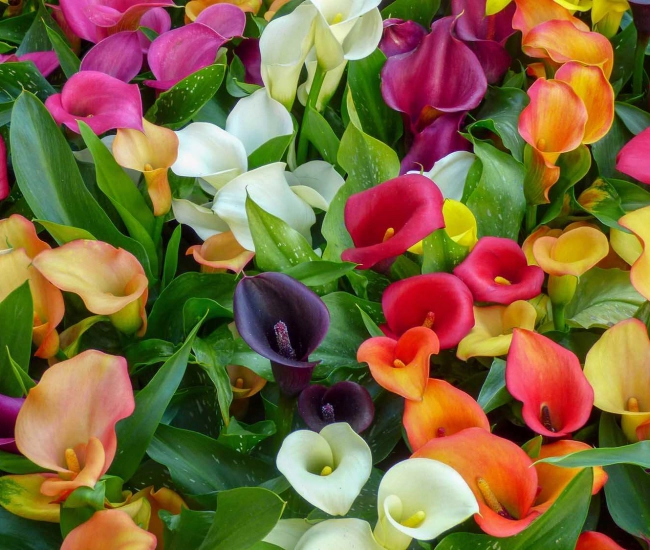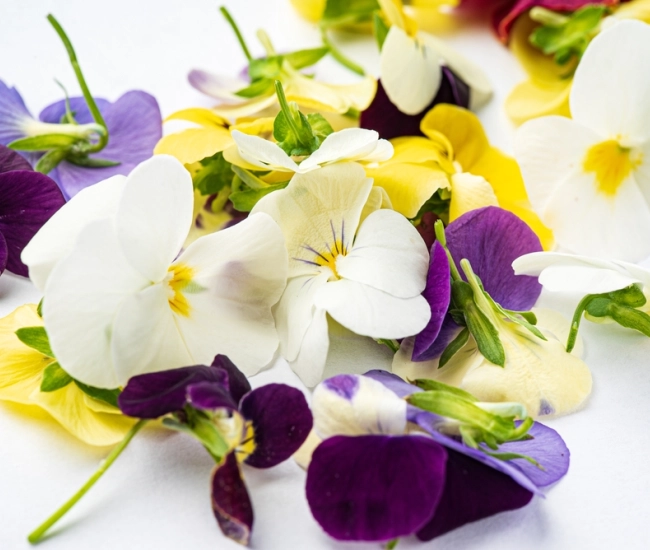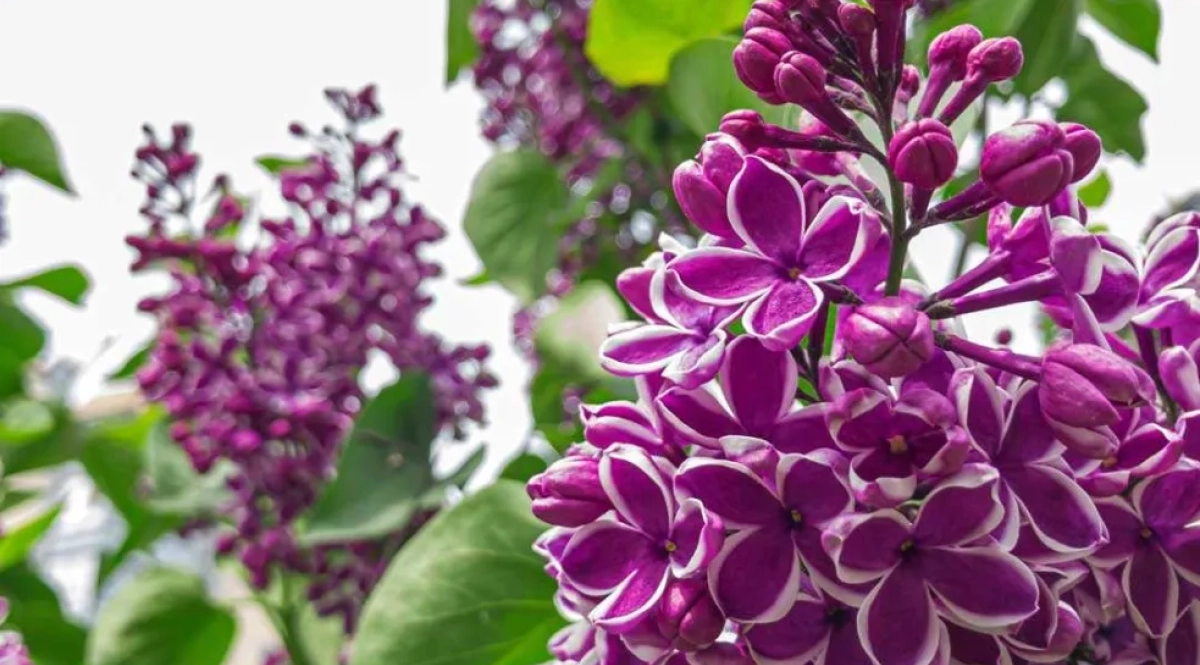
Text by Hélène Baril: Horticulturist, author & speaker
The sweet aroma of rose and jasmine, the fresh scent of lemon, or the suave or strong fragrance of spices, all these fragrances that soothe and intoxicate you can be found in your gardens and interiors thanks to plants.
Olfactory Pleasure
The scent of flowers has the ability to make us dream, to transport us in thought to places where everything around us is imbued with the sweet smell exhaled by the plant we are smelling. Each scent carries a story and makes us travel without moving. Each plant has its own fragrant signature. From morning to evening, depending on each one, it is their fine essential oil molecules, discreet or powerful, released into the air that caress our nose and awaken our senses. At sunrise, the scents are often more subtle, while at dusk, the heat accumulated by the plant allows richer and more captivating notes to emerge. Take the time to observe, to smell... and to rediscover your garden at every moment of the day.
For whom do plants perfume themselves?
Although we all appreciate scented plants and enjoy cultivating them, smelling them, and giving them as gifts, they do not perfume themselves to please us. The fragrance of a flower, a leaf, or even a stem is first and foremost a sophisticated communication and protection tool used to attract pollinating insects, repel certain predators, and alert their surroundings to stress or imminent danger.
A sensory experience in the garden and indoors
Gardening with aromatic plants allows you to create a unique and personalized atmosphere both in the garden and in your interior. When purchasing your fragrant plants, go ahead, smell, brush, and touch to understand the effect their fragrance will have on you. Pay particular attention to the flowering period to arrange and spread out the scents throughout the day and across the seasons.
Tips and Tricks
- Learn to know the olfactory characteristics of each plant well to better position and associate them in the house or in the flower beds (daytime, evening, heady or subtle, volatile or tactile fragrance...).
- Avoid mixing fragrances together.
- Place them near or far from relaxation or dining areas, depending on the strength of the scents. In the garden, choose a spot sheltered from the winds.
- Plant or place near passageways the plants that need to be touched to release their fragrance.
- Indoors, avoid overly intense fragrances that will disperse abundantly. Opt for subtlety.
Some Fragrant Plants
For the house:
- Hoya carnosa
- Stephanotis floribunda
- Gardenia jasminoides
- Sansevieria trifasciata
- Calamondin and Citrus
- Orchids
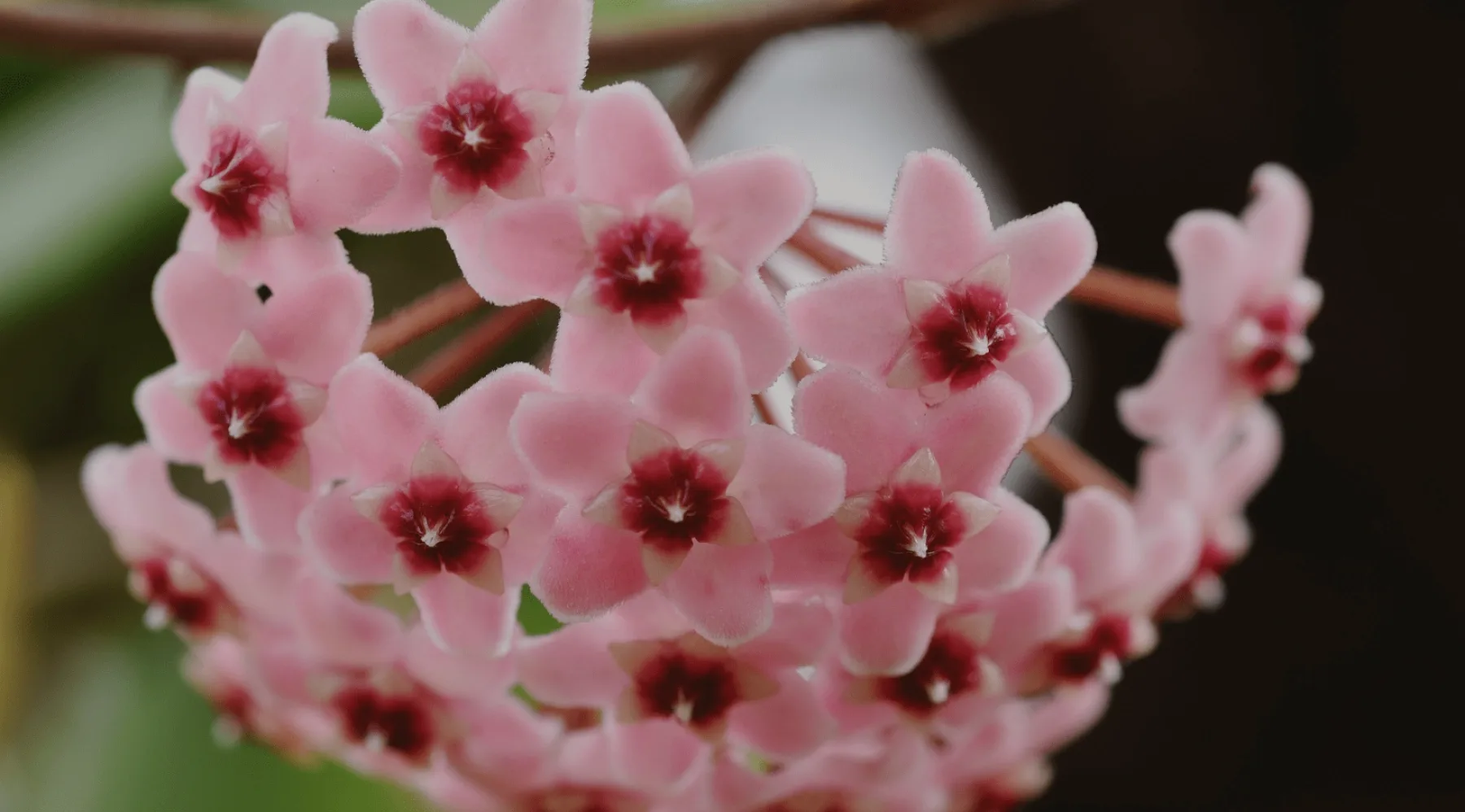
For the garden:
Shrubs:
- Aronia melanocarpa
- Magnolia
- Syringa
- Rosa
- Clethra alnifolia
- Paeonia suffruticosa
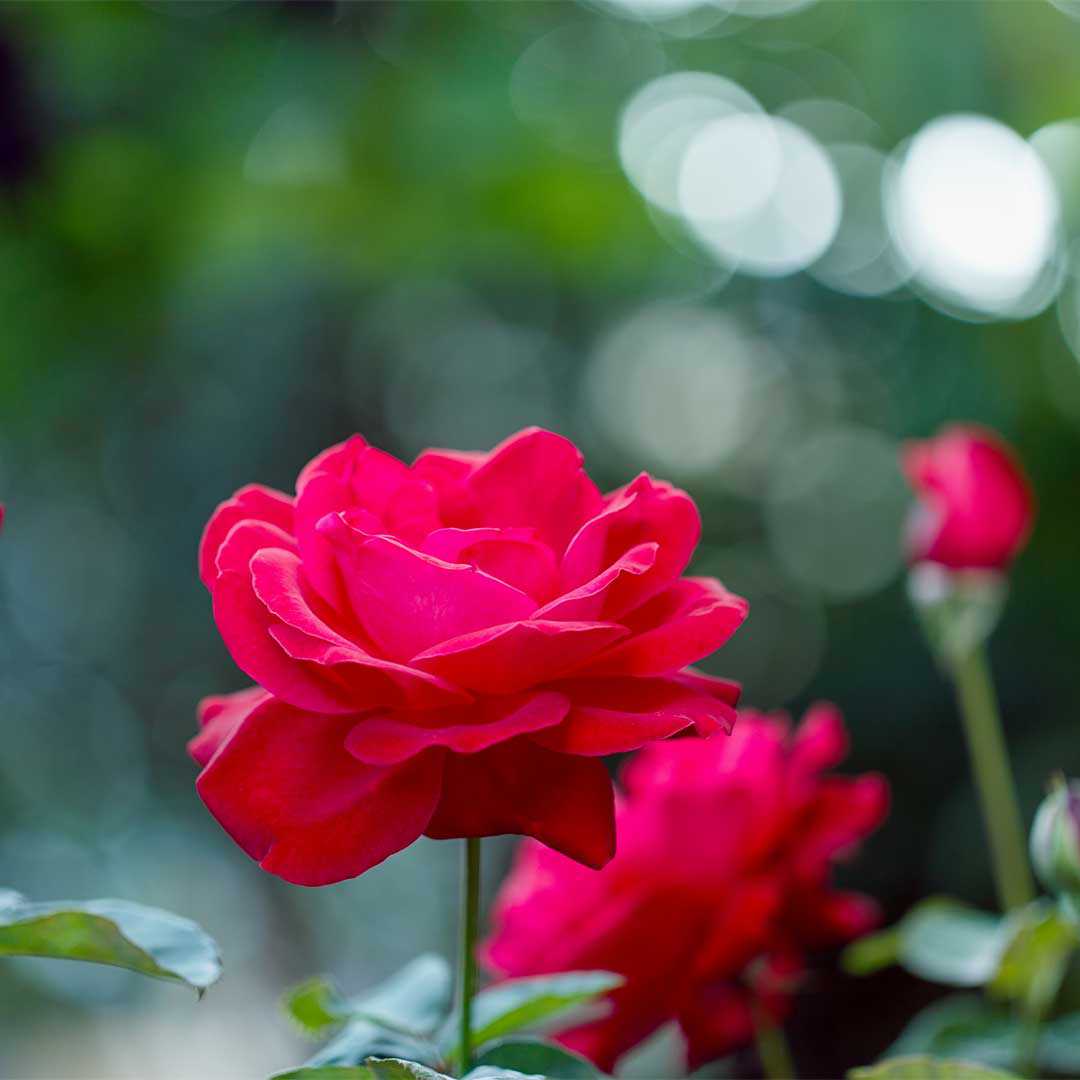
Perennials:
- Artemisia absinthium
- Dianthus plumarius
- Lilium
- Lavandula
- Monarda
- Phlox paniculata
- Hosta ‘Summer Fragrance’
- Convallaria majalis
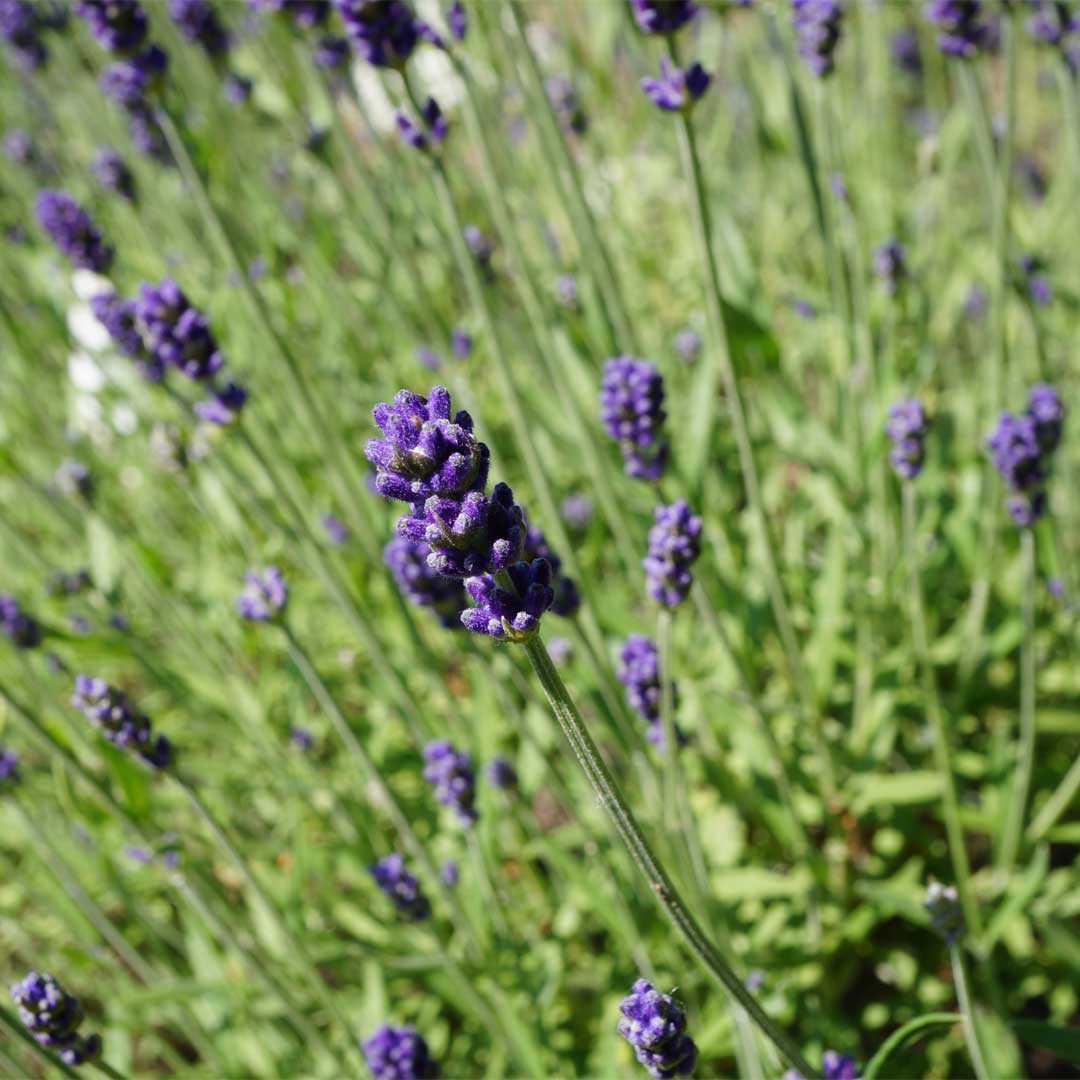
Annuals and bulbs:
- Lobularia maritima
- Cosmos atrosanguineus
- Lathyrus odoratus
- Matthiola bicornis
- Passiflora
- Pelargonium graveolens
- Heliotropium x hybridum
- Gladiolus x hybridus
- Acidanthera bicolor
- Narcissus
And of course all the edible aromatics...
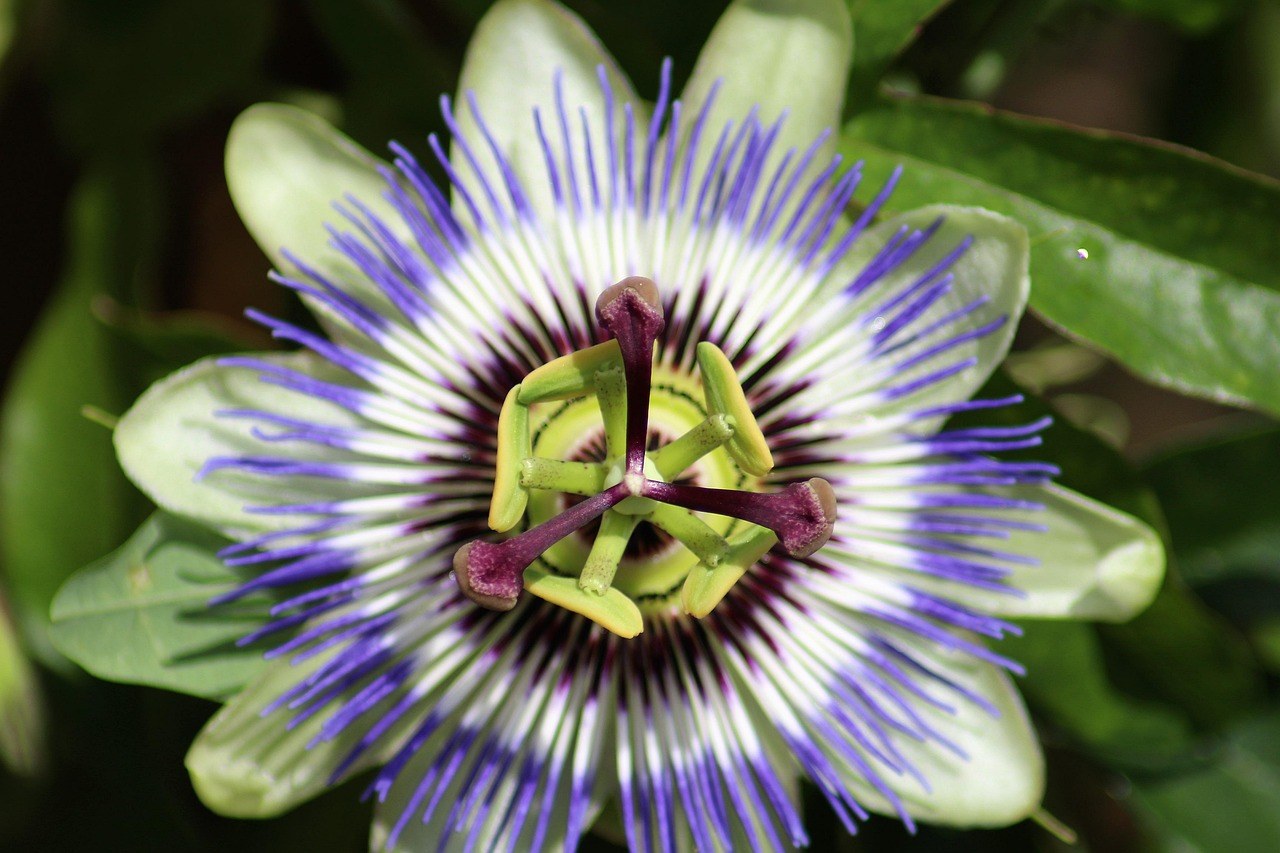
Little saying by Hélène
‘’Let fragrant plants guide you by the nose, but remember that the discreet or captivating scent of a flower can make you lose your mind, but mixtures will quickly make your head spin...’’
Happy gardening!
Tips and advice
